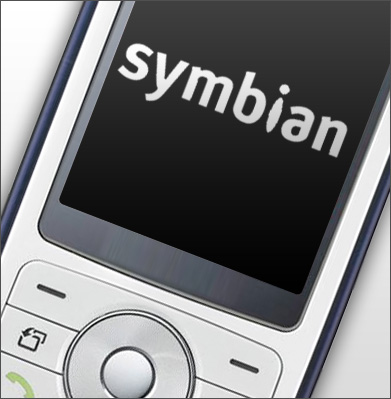Nokia has stopped shipping the PureView 808, the last handset to run the Symbian operating system. The OS loved by many Nokia enthusiasts is well and truly dead – though its death warrant was signed much earlier – in 2011, when Nokia pinned its hopes on Microsoft’s Windows Phone OS.
Symbian had a good run of nearly 16 years, but at the end of its life, the OS was criticised for its complexity, which delayed the hardware development process. Outsourcing specialist Accenture will continue supporting the system until 2016.
End of an era
Symbian was based on Psion’s EPOC OS, developed way back in 1997. Backed by Nokia, Ericsson and Motorola, it was the most popular smartphone operating system on a worldwide average until the end of 2010.
 Symbian has gradually lost market share over the years as the smartphone market has grown, not able to compete with new, innovative platforms such as Android and iOS. However, according to some estimates, between 200 and 300 million Symbian devices remain in use.
Symbian has gradually lost market share over the years as the smartphone market has grown, not able to compete with new, innovative platforms such as Android and iOS. However, according to some estimates, between 200 and 300 million Symbian devices remain in use.
Although Nokia said it will continue supporting Symbian, in 2011 management of the outdated platform was transferred to the global consulting and services firm Accenture. It will provide Symbian-based software development and support services to Nokia through 2016.
About 2,800 Nokia developers crossed over to Accenture by October 2011. Later, hundreds of employees who were supposed to maintain Symbian left the company, since there wasn’t much work to go around, and generous severance packages meant some received up to 15 months’ pay.
According to a Nokia spokesman quoted by the Financial Times, it was the complicated inner workings of Symbian that brought about its downfall. An old-school OS written in C++, Symbian required around 22 months to develop a new phone. With Windows Phone, the timeframe shrank to under a year.
“We spend less time having to tinker with deep-lying code and more time on crafting elements of the experience that make a big difference, such as around photography, maps, music and apps in general,” said the spokesman.
Despite some drawbacks, it was this complex platform that Nokia chose to use as the foundation for PureView 808, the first handset featuring its new 41 megapixel camera technology which received the “Best of Show” award at Mobile World Congress in 2012. PureView cameras are now due to appear in upcoming Lumia smartphones. One can only guess that there were certain benefits to prototype development with Symbian.
What do you know about Nokia? Take our quiz!





